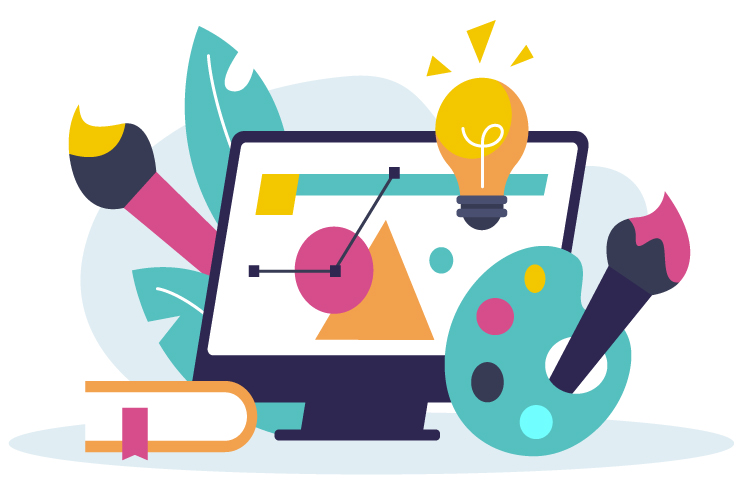Logo Design
The Art of Logo Design: Crafting Identity in a Visual Symbol
In the world of branding and corporate identity, a logo serves as the visual cornerstone. It encapsulates the essence of a company, product, or service in a single graphic, making it a crucial element in establishing recognition and communicating values. The process of creating a logo is both an art and a science, blending creativity with strategic thinking to produce a symbol that resonates with its audience. Here are key pointers to understand the intricacies of logo design:
- Purpose and Conceptualization:
Every effective logo begins with a clear understanding of its purpose. Designers delve into the core values and goals of the entity they are representing. Whether it's a tech startup aiming for innovation or a luxury brand exuding elegance, the logo must reflect these attributes. Conceptualization involves brainstorming ideas and sketching initial concepts that capture the essence of the brand.
- Simplicity and Memorability:
The hallmark of a successful logo is its simplicity. A clean, uncomplicated design ensures that the logo remains memorable and easily recognizable across various mediums and scales. Think of iconic logos like Apple's bitten apple or Nike's swoosh – they are instantly identifiable and leave a lasting impression.
- Typography and Iconography:
Typography plays a crucial role in logo design, as fonts convey specific emotions and characteristics. Whether using a custom typeface or modifying an existing one, designers select fonts that harmonize with the brand's identity. Iconography, on the other hand, involves creating unique symbols or integrating abstract shapes that reinforce the brand message.
- Color Palette and Symbolism:
Colors evoke powerful emotions and associations. The choice of color palette in logo design is therefore deliberate and strategic. For example, blue often signifies trust and professionalism, while red can convey energy and passion. Symbolism within the logo – such as arrows denoting progress or circles representing unity – adds layers of meaning that resonate with the audience.
- Adaptability and Scalability:
A well-designed logo is versatile enough to adapt to various contexts and platforms. It should look equally impressive on a business card, website, or billboard. Scalability ensures that the logo retains its integrity and readability when resized, maintaining its impact across different applications.
- Iteration and Feedback:
Logo design is an iterative process that involves refining ideas through feedback and testing. Designers often create multiple drafts and prototypes, seeking input from stakeholders and conducting usability tests to ensure the logo resonates with its intended audience.
- Timelessness and Evolution:
While trends may influence design choices, a timeless logo transcends fleeting fads. Designers aim to create logos with enduring appeal, capable of standing the test of time. However, logos can evolve to reflect changes in the brand's identity or market positioning, ensuring relevance while maintaining continuity.
- Legal Considerations:
Intellectual property rights are paramount in logo design. Designers must ensure their creations are original and do not infringe on existing trademarks. Registering the logo as a trademark protects it from unauthorized use and establishes ownership.
logo design is a meticulous process that blends creativity, strategy, and technical expertise. A well-crafted logo not only represents a brand but also communicates its values and aspirations to the world. By understanding the nuances outlined above, businesses can leverage the power of visual identity to leave a lasting impression and forge meaningful connections with their audience.
